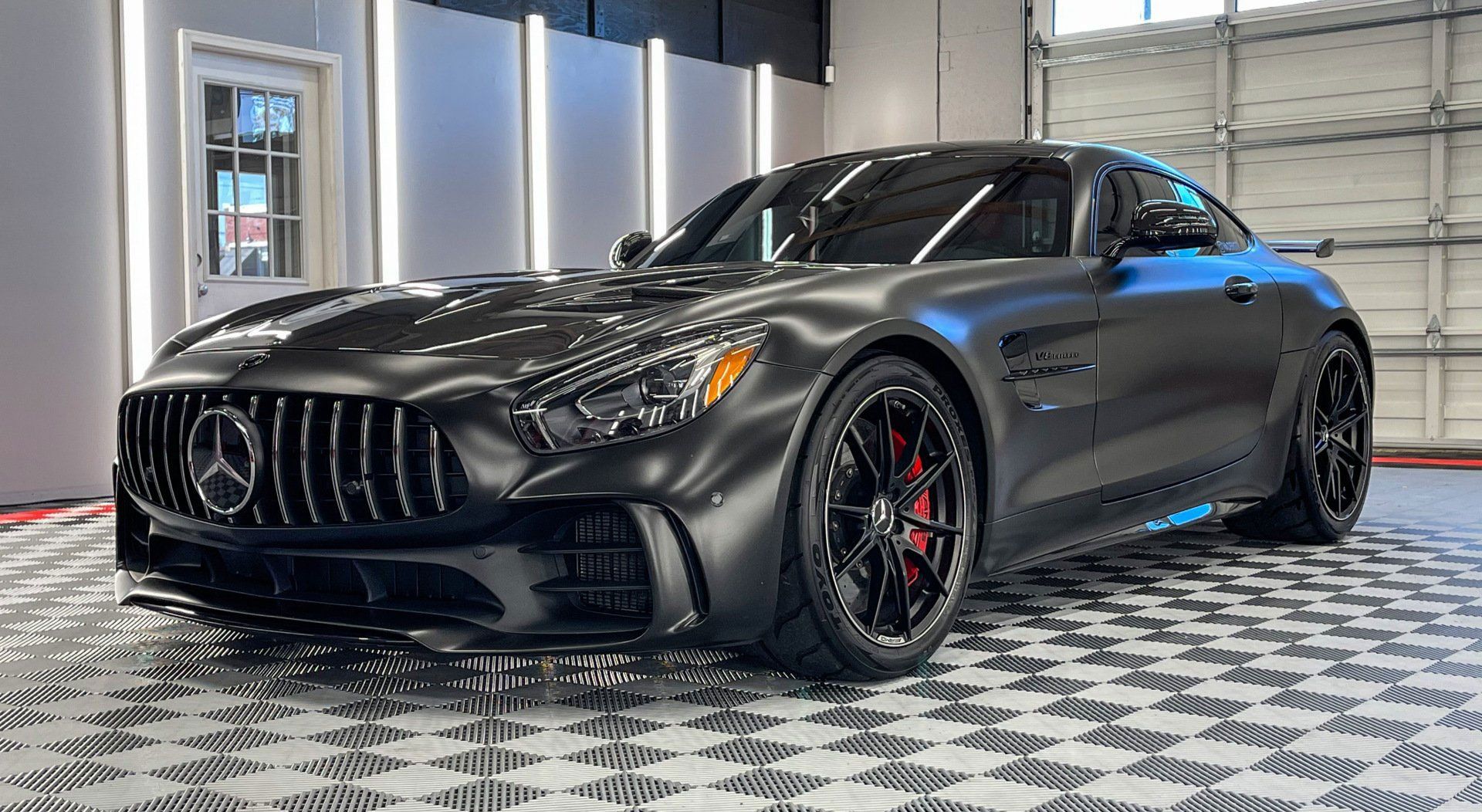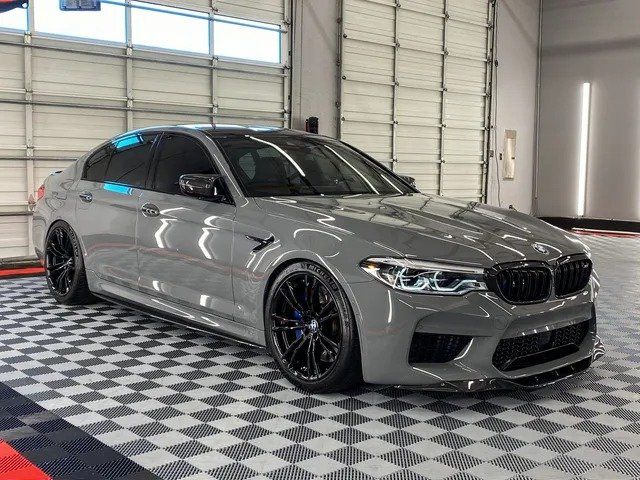When it comes to maintaining the appearance of your vehicle, the little things can make a big difference—especially when you're considering adding Paint Protection Film (PPF). You might be wondering, "Is it necessary to detail my car before applying this protective layer?" The answer is a resounding yes! Taking the time to properly detail your car not only prepares its surface for optimal adhesion but also enhances the film's effectiveness and visual appeal. Imagine putting a fresh coat of paint on a wall covered in dust and grime; it just wouldn’t look right. By investing a bit of extra effort into detailing, you set yourself up for long-term satisfaction with your PPF application, ensuring that your car looks great and stays protected from everyday wear and tear. Let's dive into why detailing is crucial before applying PPF.
Yes, it is highly recommended to detail your car before applying Paint Protection Film (PPF). Proper detailing, which includes cleaning, claying, and potentially polishing to correct any imperfections, ensures that the surface is smooth and free of contaminants, leading to optimal adhesion and appearance of the film.

The Importance of Prepping Your Vehicle
Preparing your vehicle before applying PPF is not just good practice; it's essential for achieving optimal results. This process begins with washing the car thoroughly to eliminate any dirt, grime, or road debris that may have accumulated. Think of it as giving your car a clean slate. A spotless surface allows the PPF to adhere more effectively, minimizing the risk of unsightly issues later on.
After washing comes the claying step, which many enthusiasts swear by. Clay bars work wonders at removing embedded contaminants that regular washing might miss—consider them to be a secret weapon against stubborn residues. It’s surprising how much smoother a surface feels after using clay, creating an ideal canvas for the film.
Some users have reported that skipping this step can lead to bubbling or lifting along the edges of the film, which can be frustrating to deal with.
According to research in the detailing community, neglected vehicles can see a substantial drop in PPF performance. Properly prepped surfaces can extend the lifespan of PPF by about 30% to 50% compared to hastily prepared ones. Imagine spending money on top-notch PPF only to have it fail prematurely due to avoidable errors during installation!
Now, inspecting your vehicle's surface for imperfections is crucial. This isn't just a casual glance—it requires a close examination. Look for scratches, swirls, or any type of defects in the clear coat. If these blemishes are present, polishing them out before applying PPF is advisable since the film will only highlight existing flaws rather than disguise them. Many experts point out that while polishing is often considered optional for new cars free from defects, it can dramatically improve the aesthetic outcome if imperfections do exist.
To further facilitate a successful installation, effective products like slip and tack solutions are necessary tools that help position and secure the film correctly. Understanding these solutions sets the foundation for exploring this protective technology more deeply.
What is Paint Protection Film (PPF)?
Paint Protection Film, or PPF, is essentially a high-tech shield for your vehicle's exterior. Composed of thermoplastic urethane, PPF acts as a transparent layer that defends your car’s paint against a multitude of potential hazards like scratches, UV rays, harsh chemicals, and general wear and tear that can occur from everyday use. This protective layer does more than just sit pretty; it plays an active role in preserving your vehicle’s aesthetic appeal and resale value.
You can think of PPF as a comprehensive insurance policy for your car's paintwork. It’s especially popular among owners of luxury cars who want to maintain that flawless finish, but the truth is, any car can benefit immensely from this type of protection.
For instance, if you often find yourself cruising down highways, where dirt and rocks are flung about by other vehicles, PPF can serve as a fortress for your hood and bumper, preventing unsightly chips and scratches.
Among its impressive features, PPF boasts self-healing properties: light scratches will disappear on their own when exposed to heat from sunlight or warm water. This means fewer trips to the repair shop and a consistently clean appearance.
With all these incredible advantages in mind, one might wonder—why should you invest extra effort into detailing before applying this remarkable film?
The importance of this step cannot be understated. Proper surface preparation ensures that PPF adheres effectively to the paint surface, optimizing its performance. Without attention to detail before installation, even the best quality film might not provide the long-lasting benefits you expect.
Remember, while PPF conceals some minor imperfections and swirls in the paint, it can't rectify deeper flaws that may exist beneath it. Taking time to polish or correct these issues before application means you’re not only enhancing the look of your vehicle but also ensuring that every inch is fortified against future damage.
As we explore the various aspects of how attention to detail impacts this protective film's application, we’ll gain insight into the tangible benefits that come with thoughtfully preparing your vehicle.
Benefits of Detailing Before Applying PPF
One of the most significant benefits of detailing your car before applying PPF is the enhanced aesthetic appeal it provides. When you meticulously clean and prep your vehicle, you create a picture-perfect canvas for the film. This means removing every speck of dust, dirt, and previous wax residues.
When PPF is applied over a pristine surface, it not only enhances the visual clarity of your vehicle but also maximizes the film's ability to reflect light, leading to an impressive gloss and shine.
But the benefits don't stop at appearances; there's also a technical aspect to consider that directly affects performance.
Improved film adhesion is another critical advantage gained from thorough detailing. Research by the International Detailing Association shows that PPF adheres 25% better to detailed and prepared surfaces. This increased adhesion significantly minimizes potential issues such as bubbles forming under the film or even peeling over time. Proper preparation can enhance the bond between the film and car surface by up to 30%, reducing risk factors that could lead to maintenance headaches down the road.
Moreover, understanding correct user practices during detailing can further enhance these benefits.
In addition to better adhesion, proper detailing helps remove harmful contaminants like dirt, oils, and waxes that can undermine adhesion. Approximately 50% of adhesion problems stem from not properly cleaning surfaces before application. Imagine applying adhesive tape to a greasy surface—it's not going to stick well! If these contaminants are left behind on your vehicle, you're setting yourself up for disappointment with your new PPF.
Longevity and Performance
Beyond immediate appearance and adhesion benefits, several studies indicate that PPF longevity improves dramatically with proper maintenance before installation. Detailed vehicles often see an extension in PPF lifespan by as much as 15–20% when contaminants are thoroughly cleaned off beforehand.
And let's not forget about practicality.
Detailed upkeep before applying PPF also lessens the likelihood of installation errors such as bubbles and creases by approximately 40%. Working with a pristine surface aids both professional applicators and DIY enthusiasts alike in positioning the film accurately without any snags or complications.
With these advantages clear, let’s turn our focus to how you can effectively prepare your car for this essential process, ensuring everything goes as smoothly as possible.

Avoiding Contaminants During Application
Even with the cleanest vehicle, dust and debris can easily infiltrate your workspace, creating a not-so-ideal setting for PPF installation. This is why establishing a clean workspace is not just advisable but essential. One might think they can apply PPF anywhere, but even tiny particles in the air can compromise adhesion and lead to long-term issues like bubbling and peeling. A controlled indoor environment minimizes airborne contaminants and provides the optimal conditions for the film to stick properly.
Establish a Clean Workspace
Start by conducting the application in an indoor area that's as free of dust and debris as possible. This often means avoiding garage spaces where vehicles or household items can stir up dust and opting for a dedicated clean room or workbench.
Make sure to vacuum the space thoroughly first; this simple step removes larger particles that may become airborne during your process. Consider using an air purifier as well—this can help capture microscopic particles that could settle on your freshly prepped car surfaces.
Remember, 90% of PPF application failures are attributed to surface contaminants. Keeping your area tidy ensures you avoid that kind of frustration.
Use Appropriate Application Solutions
Utilizing slip-and-tack solutions effectively sets the stage for a successful installation. Slip solutions make positioning easier, while tack solutions secure the film in place once you're satisfied with its position on the vehicle's surface.
Understanding how to utilize these mixtures is vital for beginners and experts alike.
By carefully preparing your workspace and utilizing the right application solutions, you significantly reduce the risk of contaminants causing issues at every step. Taking measures beforehand leads to smoother application processes, giving you that polished look for your investment.
Implementing additional strategies to safeguard your vehicle enhances its longevity further—these efforts now can prevent challenges down the road.
Additional Protective Measures
One of the most effective ways to bolster the durability of PPF is by adding a ceramic coating over it. This extra layer not only offers exceptional protection against UV rays but also provides hydrophobic properties, making it remarkably easier to clean your vehicle's surface.
Rather than worrying about dirt and grime sticking stubbornly to your paint job, a ceramic-coated surface lets water bead up and roll away effortlessly, taking unwanted particles with it.
To optimize your vehicle's protective measures, consider implementing these recommendations:
Apply Ceramic Coating: Layer it over your PPF for enhanced durability and shine.
Avoid Automatic Car Washes: These often use harsh chemicals and brushes that can compromise both the PPF and the ceramic coating, leading to unsightly scratches and wear.
Regular Maintenance: Schedule frequent washing sessions—ideally, every 2-4 weeks—and routinely inspect the PPF for any signs of wear or damage. Catching issues early will save you stress and expense down the road.
Additionally, it's worth exploring synthetic sealants for a temporary shield if you're looking for gradual protection between professional details. Sealants can last between 6 to 12 months and help repel water and dirt, complementing both PPF and ceramic coatings effectively.
By understanding these combined strategies—including maintaining proper care routines—you'll ensure that your vehicle remains not only protected but also looks pristine for years to come, showcasing the investment you've made into its appearance.
If you're ready to take your vehicle’s protection to the next level, consider contacting us at
Superior Auto Shine or call us at tel:(253) 260-6868 today!

